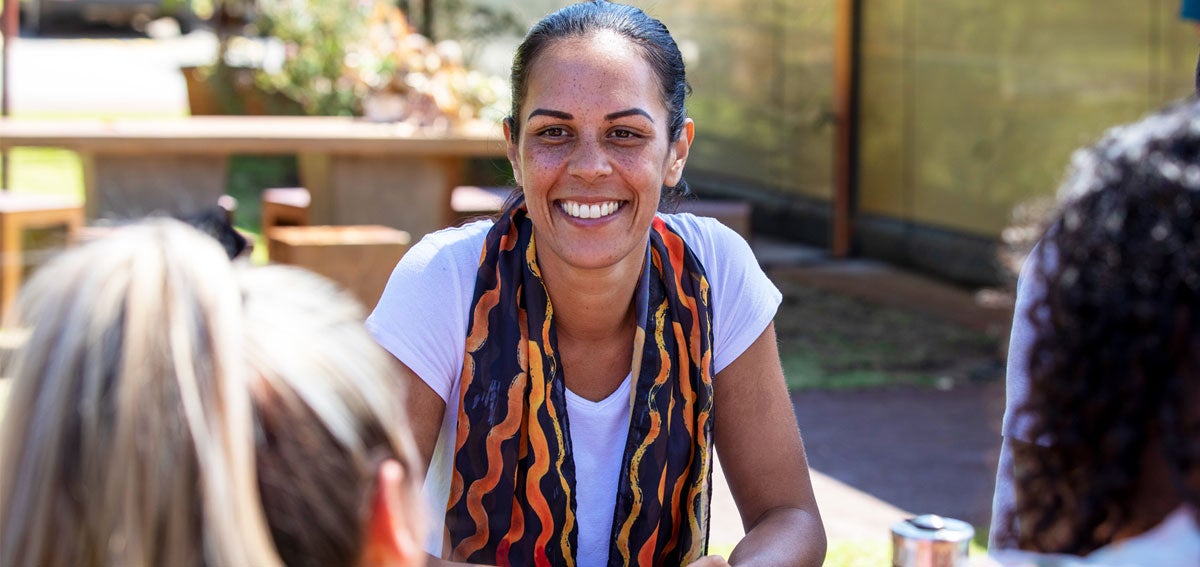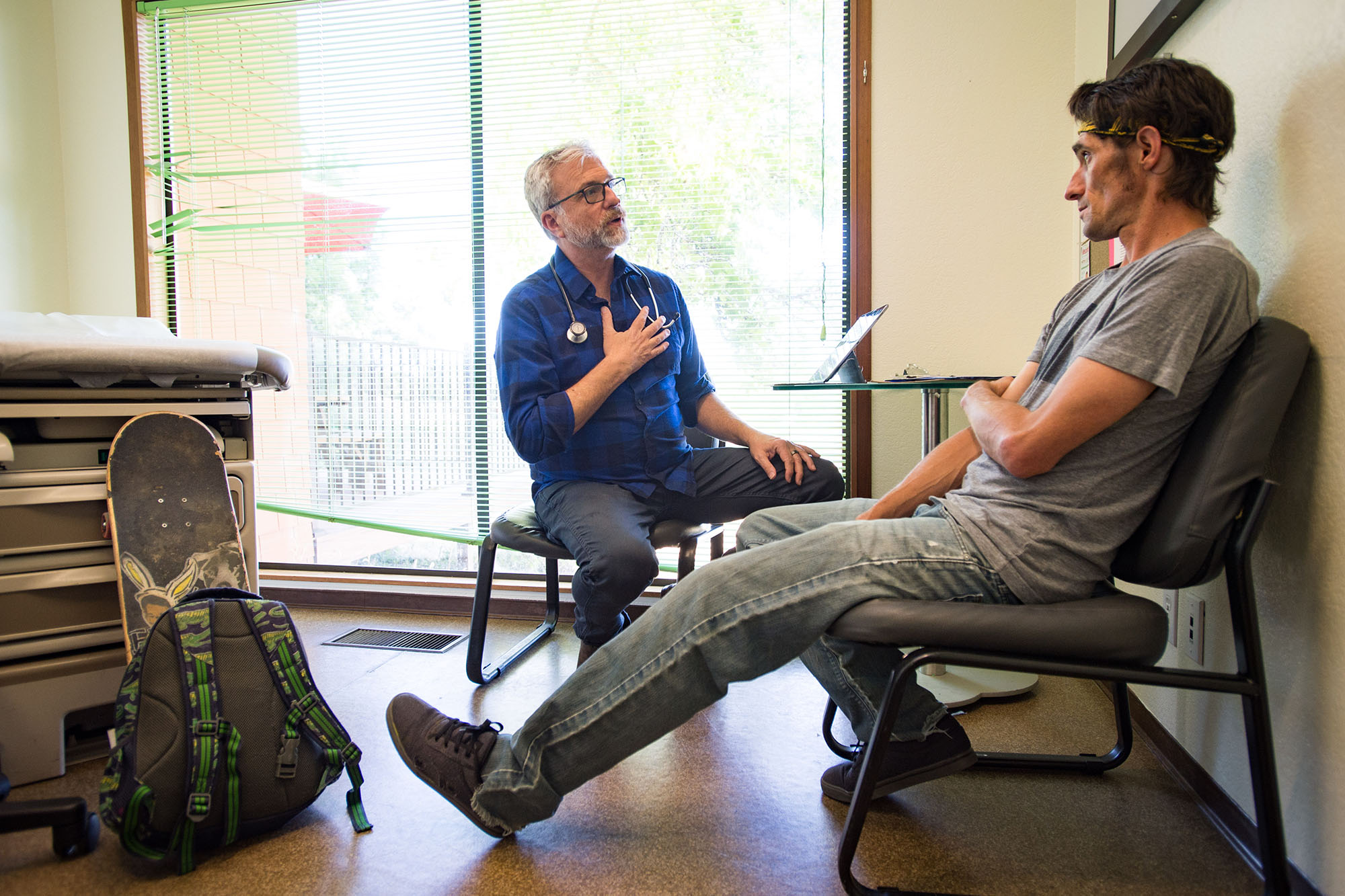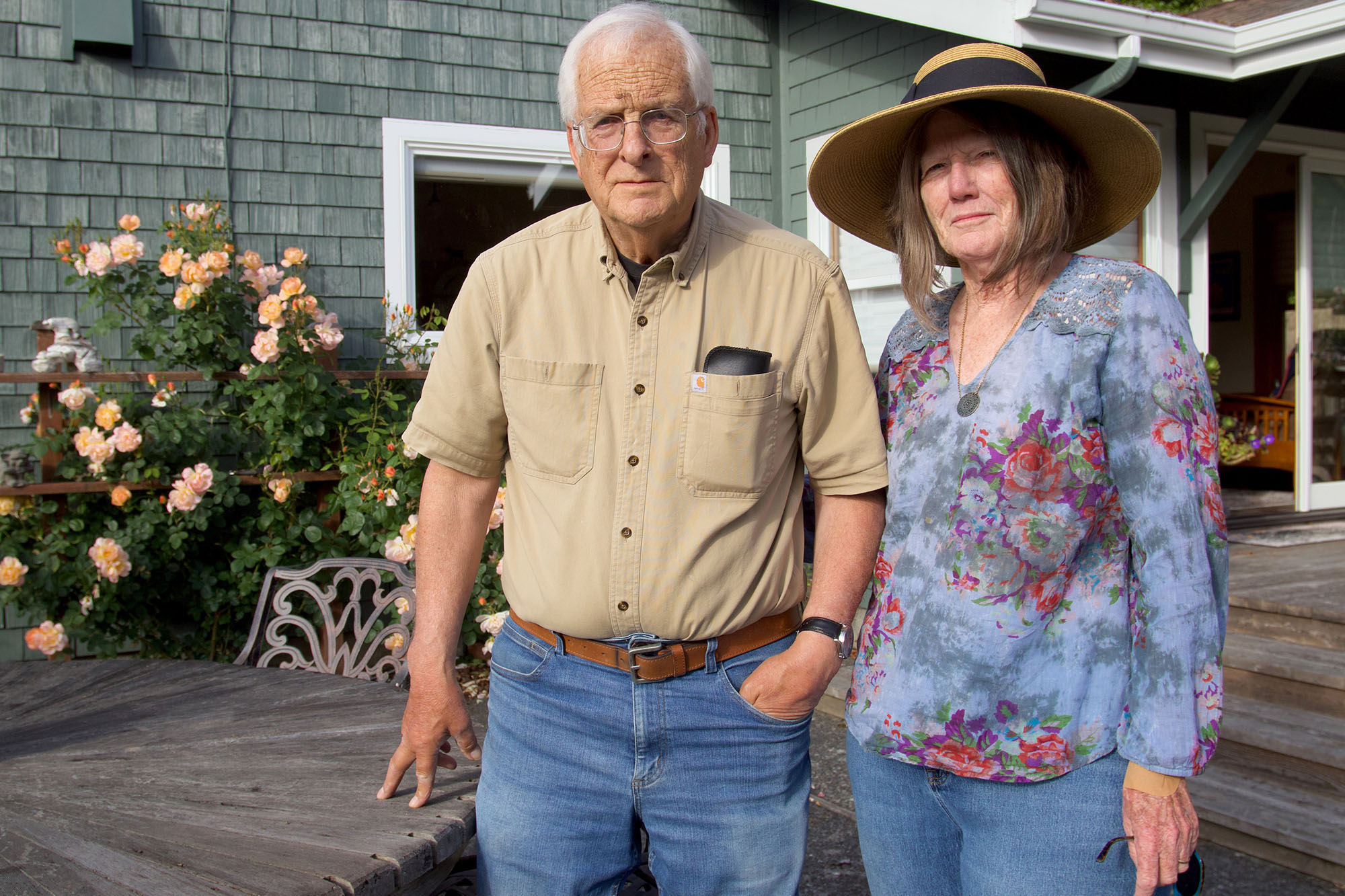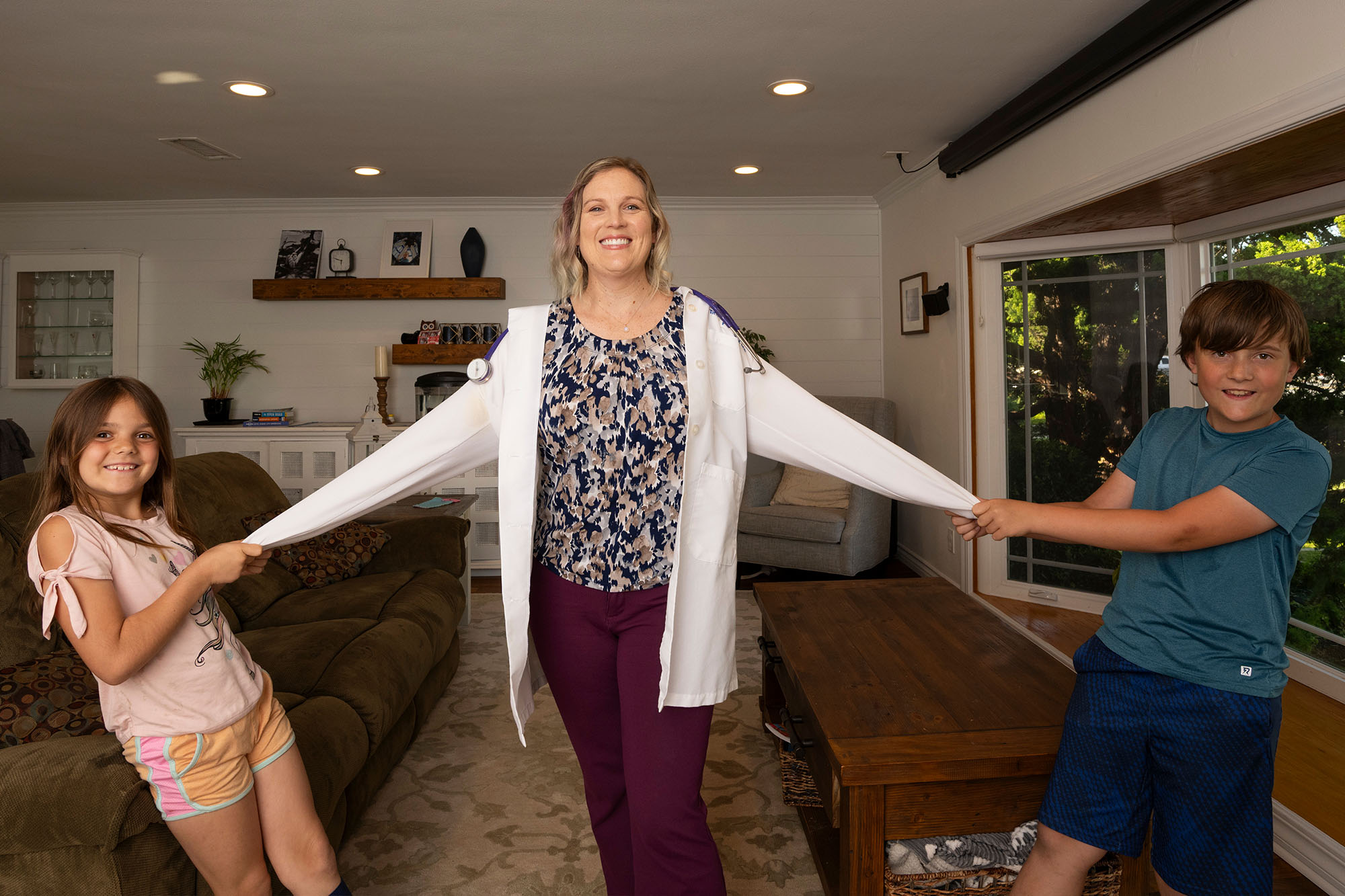Download
Who Are Community Health Workers and Promotores?
Community health workers are trusted community members who serve as a link between health and social services and the community to increase access to and improve the quality of services. They build individual and community capacity and health knowledge through outreach, community education, informal counseling, and social support and advocacy. CHWs are often referred to by other titles, such as health navigators, health coaches, community outreach workers, recovery specialists, housing specialists, and family support workers. Promotores de salud, or promotores, are lay health workers who provide culturally congruent services informed by their lived experiences to Spanish-speaking communities. This is particularly important in California, which has a large Latinx population. This Resource Center and the companion downloadable Resource Guide use the umbrella term of “community health workers and promotores,” abbreviated as CHW/Ps. Regardless of the title, all CHW/Ps bring their knowledge of community resources and their own lived experience when working with patients with complex needs, such as people with serious mental illness, people experiencing homelessness, people who are currently or have been incarcerated, youth in foster care, and frail older adults.

What Is the Community-Connected Health Workforce?
“Community-connected health workforce” is an umbrella term coined in this project to describe the workforce of unlicensed health professionals who either have lived experience in or the trust of the communities they serve. This includes those with the formal title of community health worker or promotor, as well as those working as recovery specialists, navigators, health coaches, peer support workers, and many other roles. For this Resource Center, the term “community-connected health workforce” is used to emphasize the shared characteristics and broad importance of this workforce across health care settings (medical, behavioral health, and public health).
CHW/Ps serve many roles. They support member engagement in chronic disease management, conduct outreach to people with complex needs, and facilitate improved birth outcomes, among many other diverse areas of focus. Examples of the work that many CHW/Ps do include:
- Meeting patients in the community
- Encouraging patient activation and self-management
- Teaching the importance of preventive health care
- Building health literacy
- Conducting health coaching
- Developing shared care plans
- Completing health risk screenings
- Linking to needed community resources
- Assisting with benefit applications
- Helping patients to navigate housing
- Supporting the reentry population
- Coordinating medication reviews
- Enhancing care transitions
- Accompanying patients to provider visits
MCPs may directly hire CHW/Ps as employees, or they may contract with external partners ― such as providers or CBOs ― to employ CHW/Ps and manage programs that include them as part of interdisciplinary teams. Section 3. Roles and Recruitment details additional considerations for MCPs and their partners in understanding the potential roles of this workforce.
“CHW/Ps are the interpreter from the community to the clinic and from the clinic to the community. We build relationships with people that adds to their quality of life and, in some situations, saves lives.”
—Joe Calderon, Senior Community Health Worker
How Do CHW/Ps Support Medi-Cal Members?
Medi-Cal covers 13 million Californians, with more than 80% of all members enrolled in MCPs. Many MCPs integrate CHW/Ps into interdisciplinary teams in a variety of roles, such as supporting members with high costs in better managing their conditions, meeting their care plan goals, and connecting to community resources. Some MCPs have incorporated CHW/Ps into programs such as the state’s Health Homes Program (HHP) or Whole Person Care (WPC) pilots. In these programs, MCPs either directly employ CHW/Ps or contract with community partners that employ CHW/Ps. As the HHP and WPC pilots transition to become statewide benefits under CalAIM’s ECM benefit, MCPs can apply lessons from these programs and develop strategies to engage with the CHW/P workforce.
“It’s vital for some members to have someone available to check in with them as they are making transitions of care to ensure follow-up appointments, fill medications, and make sure there is food and transportation set up once they are home.”
—Francis Julian Montgomery, Health Navigator






